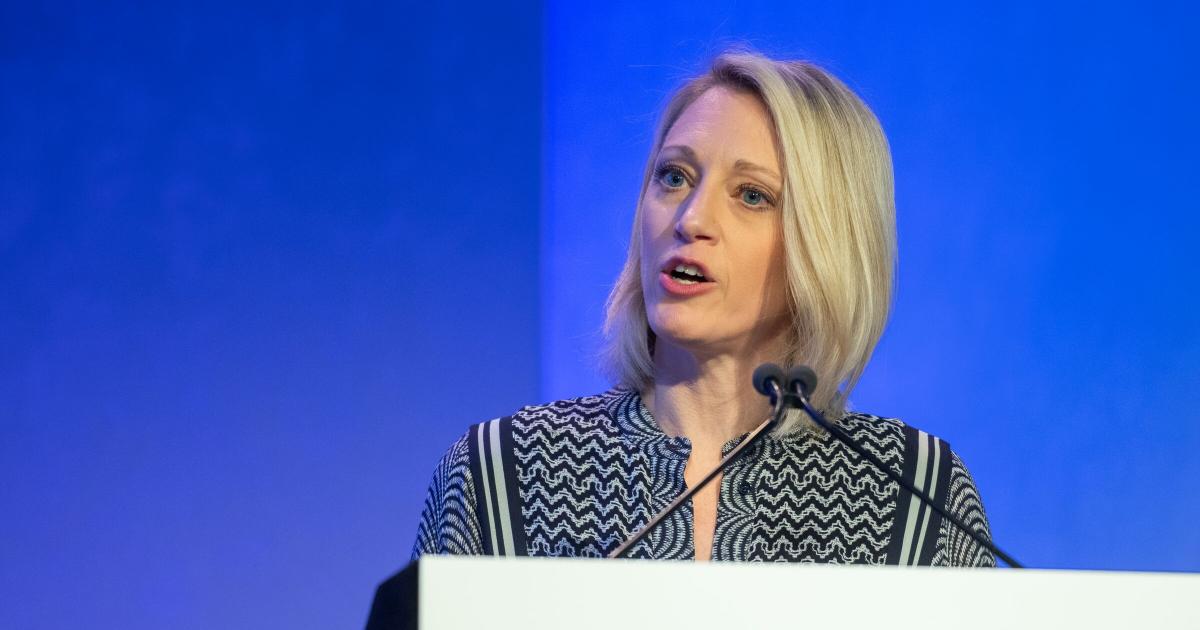The challenges facing victims of domestic abuse in family court were well documented by the Government’s Harm Panel Report 2020 and well debated through the passing of the Domestic Abuse Act 2021. There has been less public scrutiny of cases involving children who disclose sexual abuse perpetrated by a parent.
The 2019 Crime Survey England and Wales found that 5.8% of women and 4.3% of men who had experienced sexual abuse before the age of 16 were abused by their father and 7.5% of women in the sample were abused by a step-father. 9% of child sexual abuse offences recorded by the police in 2022 were perpetrated by a parent. There is no data however, on the charge and conviction rates for parent to child sexual abuse. There is also no data on how frequently these cases are seen in private family law proceedings and the family courts findings in these cases.
The absence of data on the outcomes of private law proceedings which involve all abuse allegations is problematic. This is why the Domestic Abuse Commissioner called for, and is now running, a pilot project called the Family Court Review and Reporting Mechanism to understand the scale of domestic abuse in family court proceedings and the court response. Unfortunately, this project will not include cases of child sexual abuse.
A lack of data means we cannot be assured these cases are being dealt with effectively or understand how these cases are handled in private law proceedings. The child sexual abuse cases that have come to my office and to the support services and professionals I work with, are concerning. They involve children’s experiences of sexual abuse, and their wishes and feelings regarding parental contact, being dismissed, minimised and reframed by family court as the consequence of ‘parental alienation’. The Harm Panel Report highlighted the use of ‘alienation’ allegations and the President of the Family Division Sir Andrew MacFarlane recently said that there has been a “complete upsurge in the number of cases in which it is alleged”. Taken to its extreme, alienation allegations can lead to a transfer of residency to the accused parent against a child’s wishes and with no or limited contact with their safe and preferred parent.
A recent article by Dr Elizabeth Dalgarno, a Lecturer in Healthcare Sciences and Director and Founder of SHERA Research Group, looked at 45 private law proceedings cases involving domestic abuse. It found that in the 9 cases that involved alleged child sexual abuse, all 9 resulted in some contact with the perpetrator father with four of these cases resulting in the child being transferred to the father’s residency. An upcoming article will provide further insight into these cases. The ‘parental alienation’ response to child sexual abuse is so pervasive that We Stand, an organisation that support the safe carers of children who have experienced sexual abuse, now see parental alienation allegations in 100% of the family law cases in their services.
The family court response to child sexual abuse lags far behind the evolving understanding of how perpetrators operate and how victims respond. Evidence finds that this form of abuse involves high levels of emotional manipulation and grooming, with perpetrators abusing their position as a primary attachment figure to silence and confuse the child. A complex web of disclosures may emerge over time and be made in a variety of ways but these disclosures are least likely to be made to social workers and police. A lack of understanding on behalf of family court professionals means these common features of abuse cases are misinterpreted as evidence that the supportive parent has coached the child as part of a high-conflict separation.
It is not unusual for child sexual abuse to co-exist with other forms of abuse against the child and/or domestic abuse against others in the household, creating an ‘abusive household gender regime’. An allegation of parental alienation makes it impossible for the supportive parent to raise their own experiences of abuse or raise additional disclosures made by the child without entrenching professionals view of them as an ‘alienator’ and jeopardising contact. Victim parents are also caught between the ‘three planets’ of social care, police and family court all with their own evidential thresholds and expectations of how victims should respond to safeguard their children. Social care demand victims separate from domestic abusers due to the risks they pose but can push for contact with fathers where child sexual abuse has been alleged. The police require victims to report and evidence their abuse, however family courts expect victims of domestic and sexual abuse to facilitate contact and can look negatively upon safe carers who continue to report disclosures. This lack of join up makes it impossible for domestic abuse victims, and parents of child sexual abuse victims, to prove to the authorities that they are working in the best interest of their children.
A culture of disbelief in response to child sexual abuse is not new. The Independent Inquiry into Childhood Sexual Abuse (IICSA) heard from nearly 6000 victims and survivors. The reports from the inquiry highlight how child sexual abuse has been minimised or even condoned over decades. 47 percent of survivors who participated in the Truth project said that no action was taken following their disclosures and only 5 percent of those who disclosed to an institution at the time of the abuse were believed. Some of the research included analysis of statutory serious case reviews where a child has been seriously harmed and had previously disclosed sexual abuse. They found that commonly these disclosures were assumed to have been fabricated by the child. They conclude that the dominant social and political discourses around child sexual abuse have been of deflection, denial, and disbelief, sometimes using ‘mother-blaming’ narrative such as allegations of “alienation”. Unfortunately, without reform, the family justice system will continue the historical trend of failing to listen to and protect child sexual victims, a trend that IICSA was intended to interrupt and transform.


